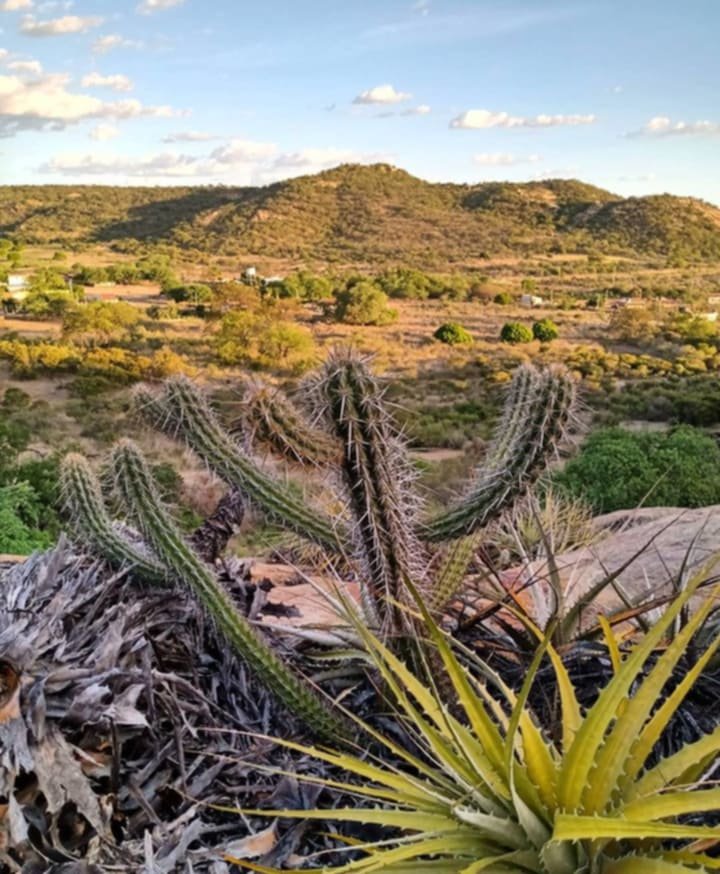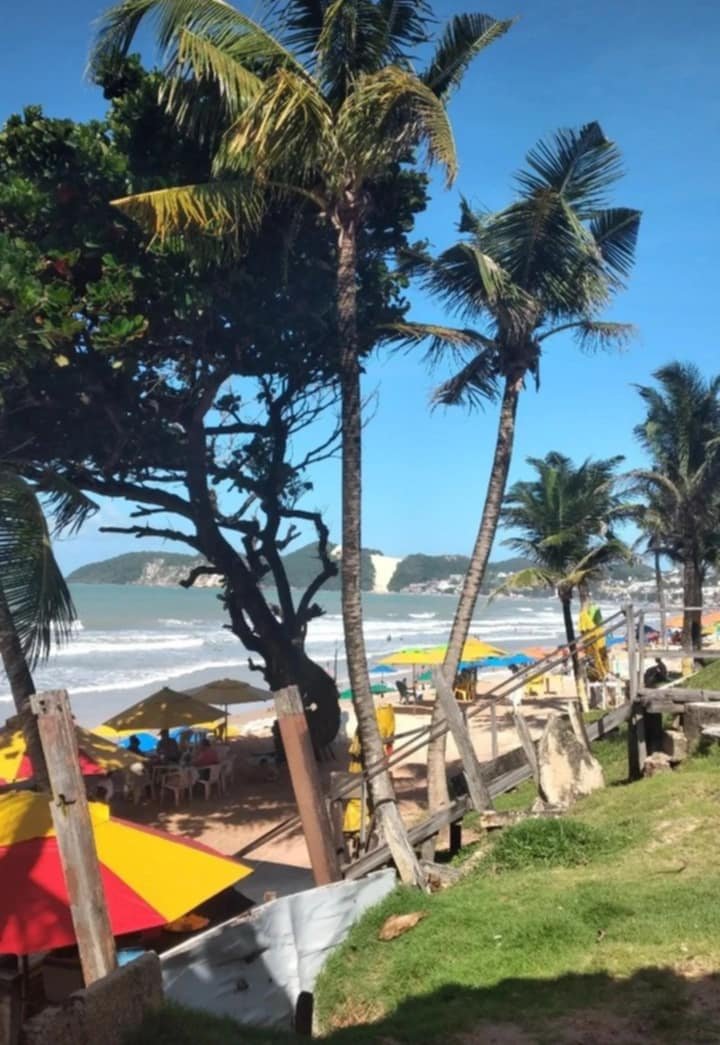[PT-BR/EN] O Nordeste brasileiro pt. 2

[PT]
O povoamento da região Nordeste iniciou com a chegada dos portugueses no século XVI, a base inicial da economia era voltada para a exportação, devido à grande vegetação existente na área, a maior parte das atividades desenvolveram-se no litoral, motivo pelo qual várias capitais nordestinas estão localizadas ao lado do Oceano. Cidades pioneiras como Olinda e Salvador foram grandes centros comerciais.
As cidades do interior começaram a se desenvolver com a criação de gado, houve um período da história destinado a produção de açúcar e algodão, no século XVII, a produção do Brasil perdeu espaço para outras áreas do mundo e, em meados do século XIX, o algodão passou a ser uma das prioridades da Europa, reforçando o comércio de exportação de matéria prima da região nordeste do Brasil.

Com o tempo, o Nordeste caiu nas graças dos empresários estrangeiros, seus investimentos contribuíram para a criação de portos e ferrovias, medidas que facilitaram a locomoção de mercadorias. Mesmo sendo uma medida voltada ao lucro pessoal, tais ações favoreceram a ocupação de regiões como o sertão e o agreste nordestino. Esse foi um marco significativo que contribuiu para o desenvolvimento e expansão de inúmeras cidades da Região.
O tempo passou e o Nordeste permaneceu como fornecedor de matéria prima e mão de obra para as regiões com forte predominância de industrialização no país. Como resultado, criou uma situação de elevado grau de pobreza para seu povo, toda a produção era exportada e recomprada como manufaturados, situação semelhante ao período de colonização.

Essa situação sociocultural vem mudando com o passar do tempo, o Nordeste conta com suas próprias atividades econômicas, como o turismo, a produção de sal marinho, os centros comerciais, a produção de petróleo, atividades industriais e a produção de frutas específicas que são vendidas para diversos países do mundo.
Além da demografia e dos aspectos econômicos, os aspectos culturais desempenham um papel importante no cenário brasileiro, suas manifestações culturais são uma mistura de povos como os indígenas, negros, europeus e ocidentais. Essa miscigenação promove uma diversidade cultural que retrata o patrimônio cultural nordestino.

Todo o conteúdo, imagens e edições foram produzidos por @josiva para a comunidade @HiveBR.
[EN]
The settlement of the Northeast region began with the arrival of the Portuguese in the 16th century, the initial base of the economy was focused on exports, due to the large vegetation in the area, most of the activities were developed on the coast, which is why several capitals northeastern regions are located next to the Ocean. Pioneer cities like Olinda and Salvador were major commercial centers.
The cities in the interior began to develop with cattle breeding, there was a period in history dedicated to the production of sugar and cotton, in the 17th century, Brazil's production lost space to other areas of the world and, in the middle of the 19th, cotton became one of Europe's priorities, reinforcing the raw material export trade from the northeast region of Brazil.

Over time, the Northeast fell in favor with foreign businessmen, their investments contributed to the creation of ports and railways, measures that facilitated the movement of goods. Even though it was a measure aimed at personal profit, such actions favored the occupation of regions such as the backlands and the northeastern countryside. This was a significant milestone that contributed to the development and expansion of numerous cities in the Region.
Time passed and the Northeast remained a supplier of raw materials and labor for regions with a strong predominance of industrialization in the country. As a result, it created a situation of high poverty for its people, all production was exported and repurchased as manufactured goods, a situation similar to the period of colonization.

This sociocultural situation has been changing over time, the Northeast has its own economic activities, such as tourism, sea salt production, shopping centers, oil production, industrial activities and the production of specific fruits that are sold for several country in world.
In addition to demography and economic aspects, cultural aspects play an important role in the Brazilian scenario, its cultural manifestations are a mixture of peoples such as indigenous people, black people, Europeans and Westerners. This miscegenation promotes cultural diversity that reflects the northeastern cultural heritage.

All content, images, and edits were produced by @josiva for the @HiveBR community.
Posted Using InLeo Alpha

Obrigado por promover a comunidade Hive-BR em suas postagens.
Vamos seguir fortalecendo a Hive
Congratulations @hive-br! You have completed the following achievement on the Hive blockchain And have been rewarded with New badge(s)
Your next target is to reach 6750 replies.
You can view your badges on your board and compare yourself to others in the Ranking
If you no longer want to receive notifications, reply to this comment with the word
STOP